Brutal. That’s the only word to describe it. Development engineers from McLaren have just lapped a proving ground test oval at 150mph in a priceless prototype version of the firm’s new 570S Coupé.
Now they’ve abandoned the car – doors closed, windows up, still idling – in the searing heat of the Arizona desert and retired to the shade of an awning, which offers some respite from the 40deg C heat. The car may not be moving, but it is still subject to huge amounts of energy.
The asphalt is another 20deg above the ambient temperature, so the 570S – finished in sun-loving Stealth Bomber black – is being smothered with not only solar rays but also radiated heat from the ground. With the twin-turbocharged 3.8-litre V8 burbling away, it is generating its own warmth, too.
There is a point to letting it stew in its own juices. This heat soak test, monitored by hundreds of thermal sensors all over the car, enables McLaren’s hot-weather test team to assess the car’s capabilities in the most hellish conditions.
“An idle soak condition is where you might see peak temperatures in the engine bay,” says Geoff Grose, McLaren’s head of vehicle development. “We have to look for things such as material stability, which means checking for discoloration or deformation of parts. We’re also concerned about items such as the alternator, air-con compressors, oil temperatures for engine, transmission and clutch and the water cooling systems. They’ve all got their limits.”
The heat soak test is just one of the gruelling challenges that the 570S prototype must undergo to ensure that it can cope with anything an enthusiastic owner might throw at it.
Grose recalls a competitor’s car that McLaren acquired for benchmarking when the company was developing the 12C. “Our guys did a couple of launch control starts and broke the clutch. The aim of our cars is that you can use the launch control all day.”
Another punishing test involves hooking up the prototype to a heavy trailer (don’t go looking for the tow hook on the McLaren options list) and dragging it around at slow speeds. It’s all designed to replicate the extremes of everyday driving.
“In the real world, there is an infinite spectrum of conditions in which the car can be,” says Grose. “We want to reduce that to something that’s repeatable through testing. The towing test is something we’ve done for a long time to get a consistent heat load into the car at a lower speed. You are artificially building up engine bay temperature because it is not getting that cooling outflow. Sometimes a city cycle with stop-go traffic can be quite arduous like that.”

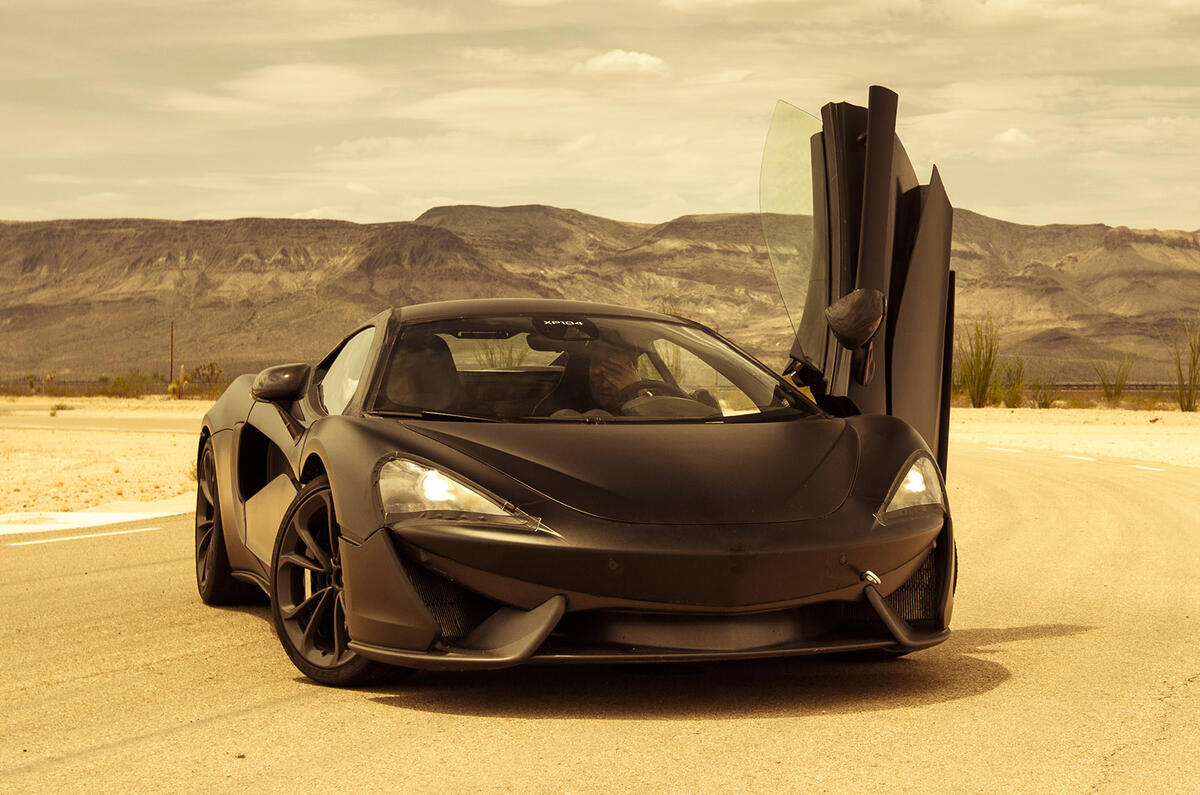

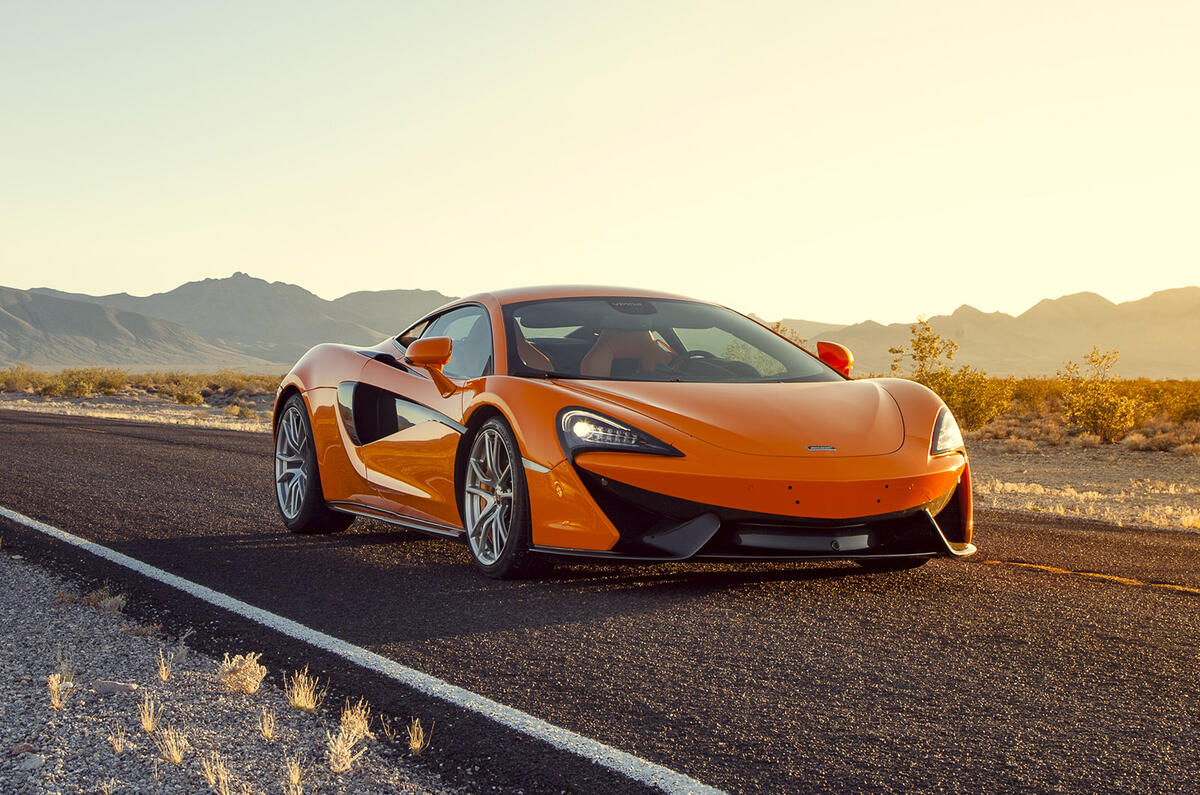
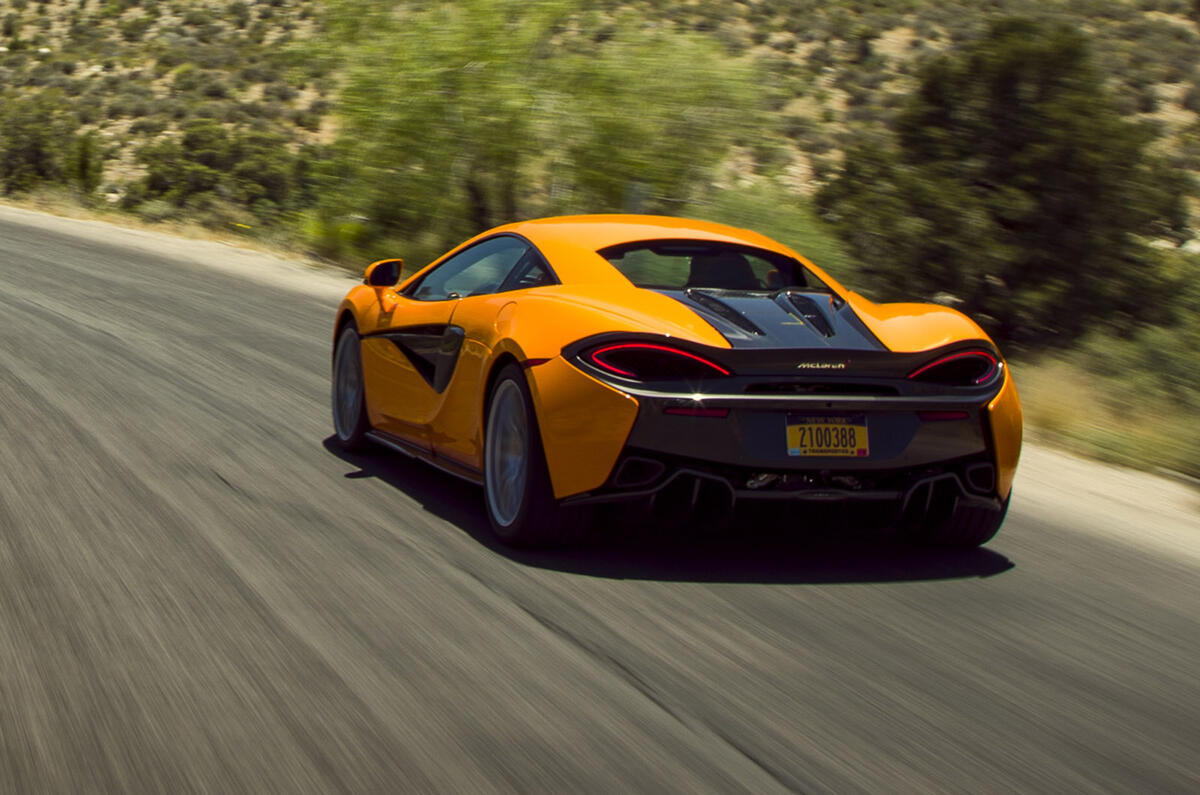
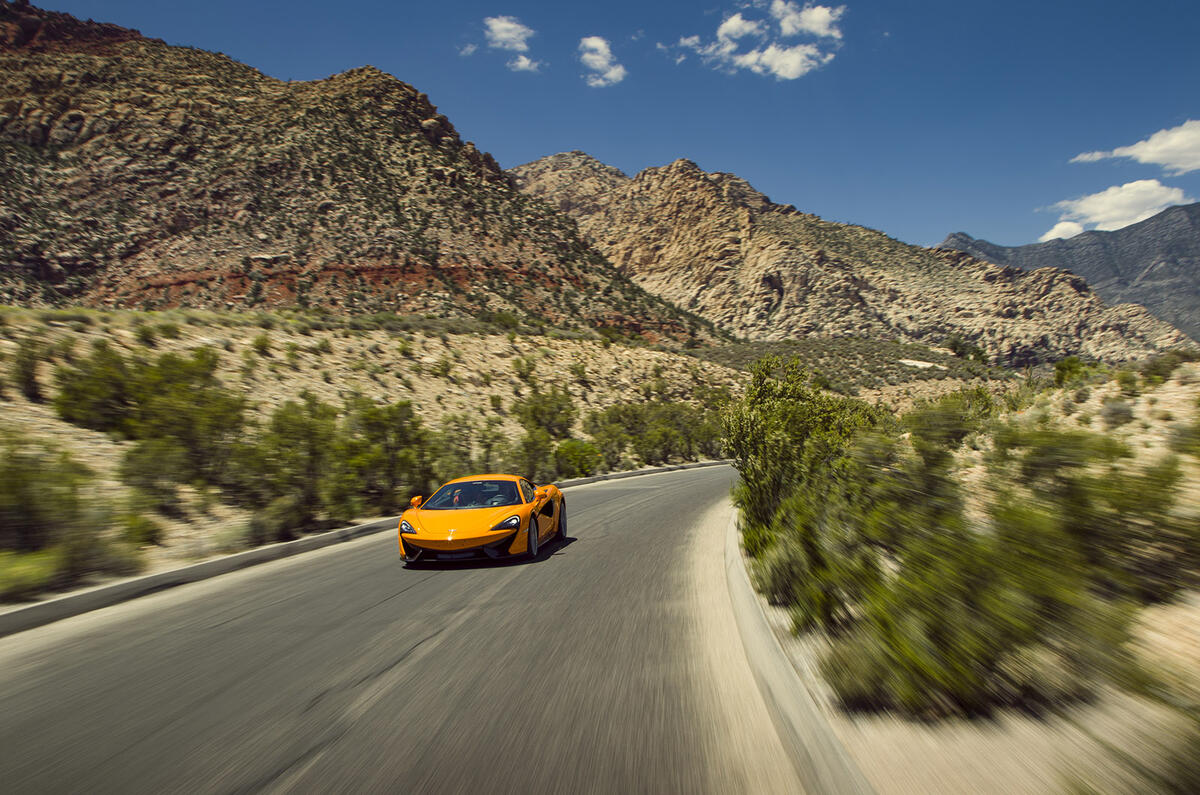

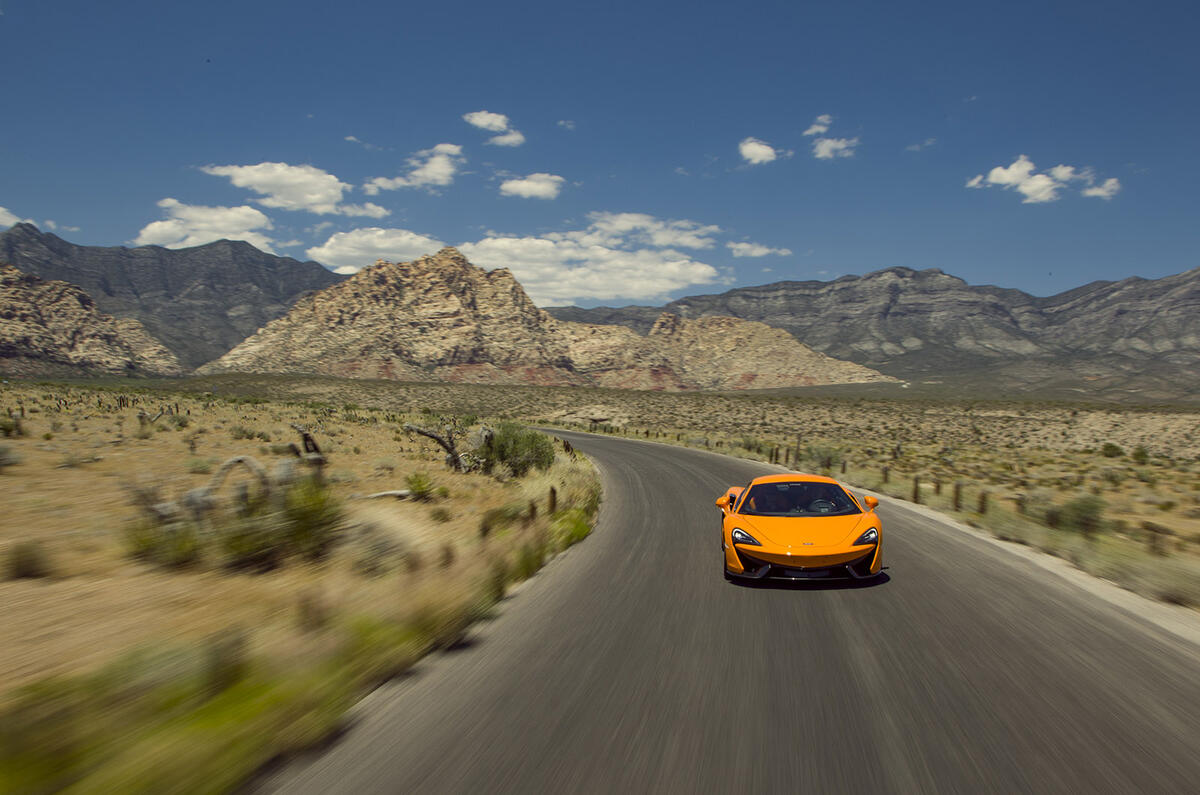
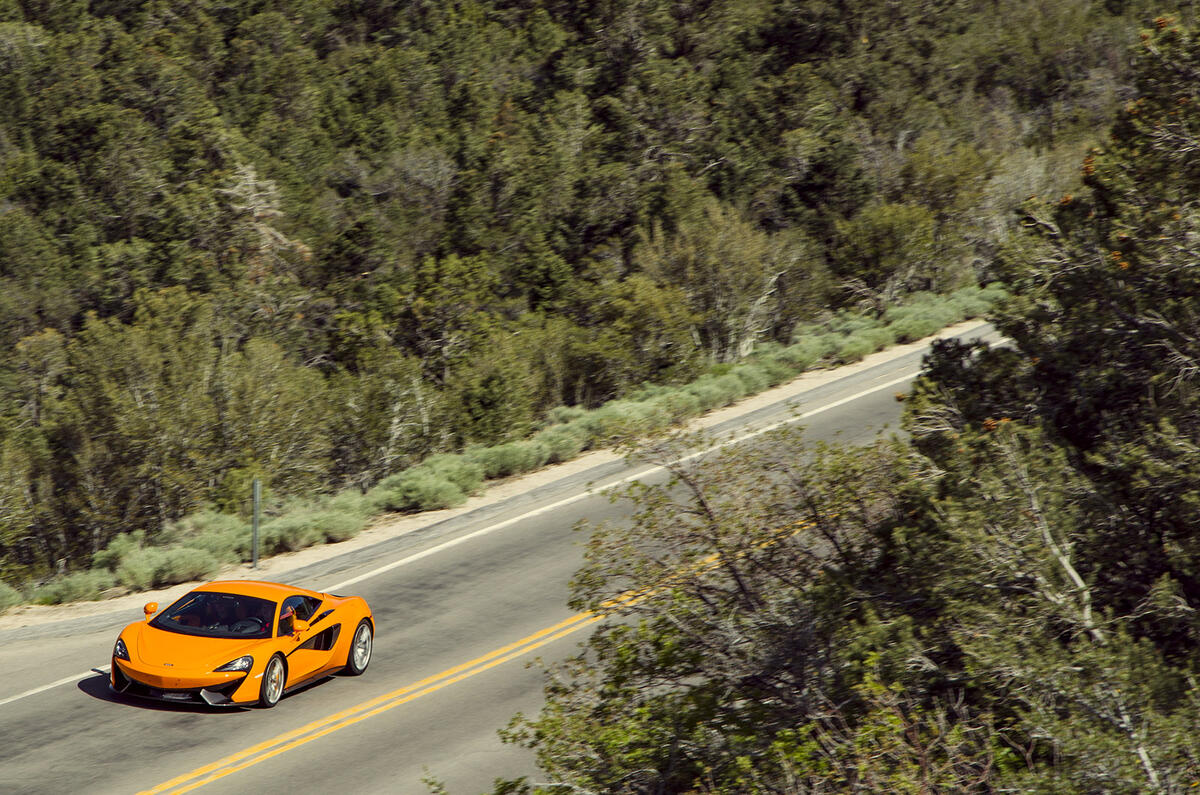
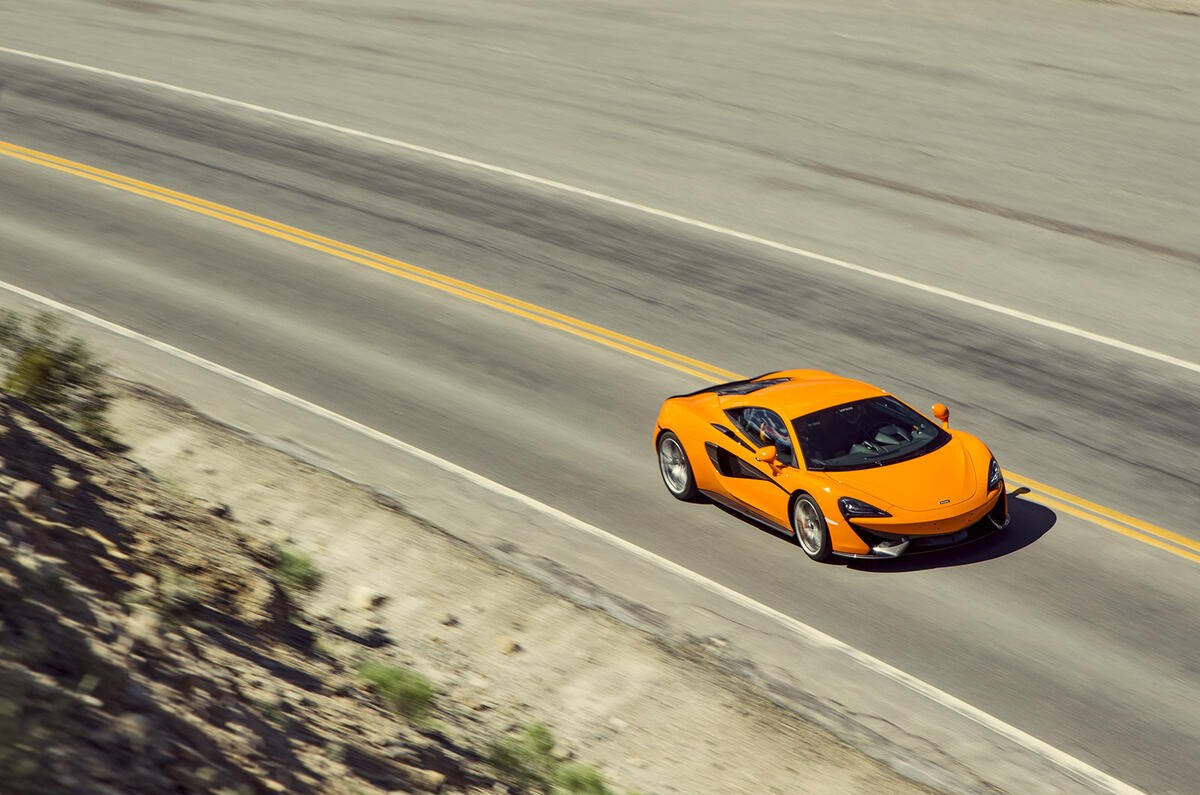
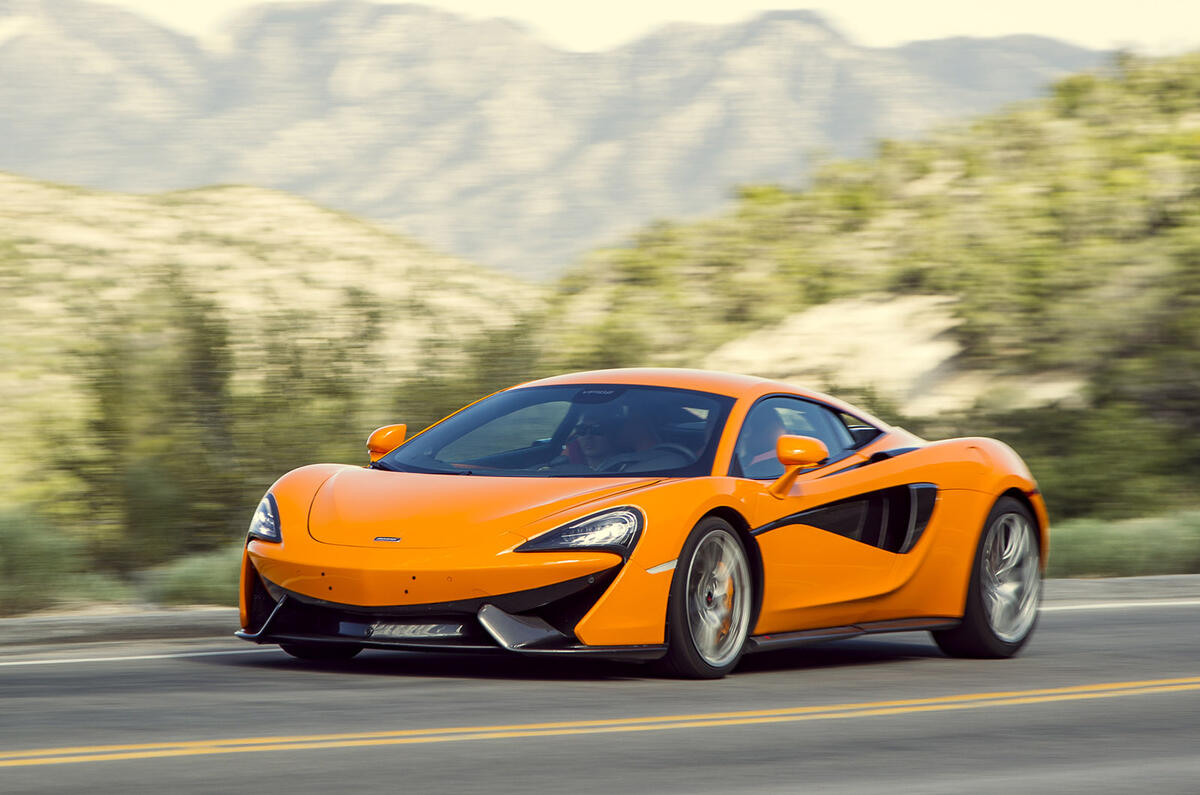
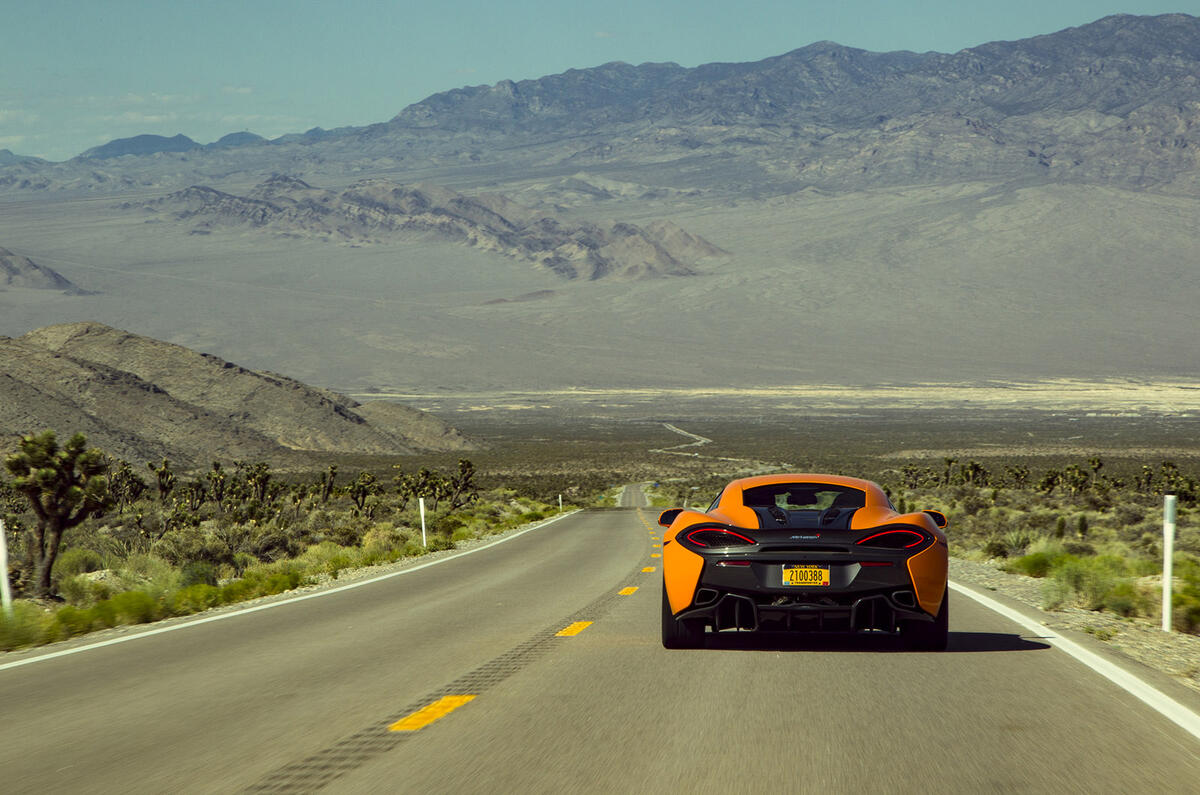

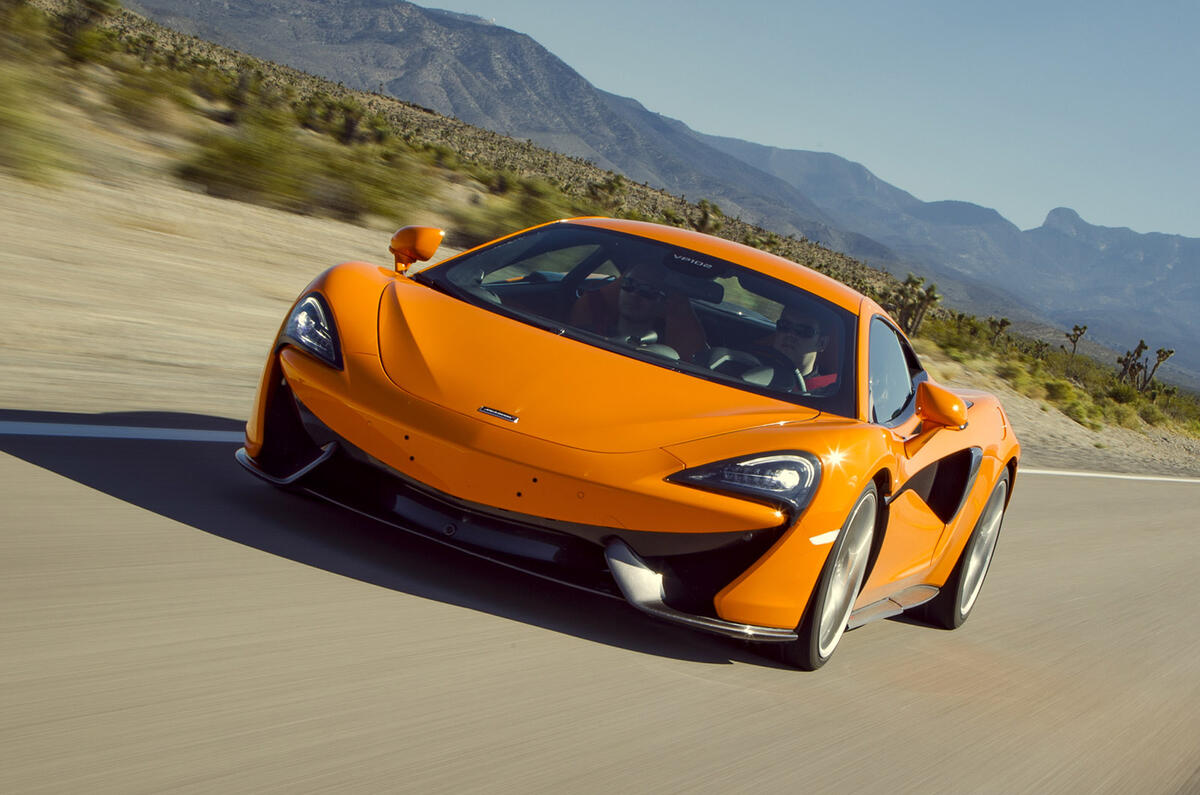

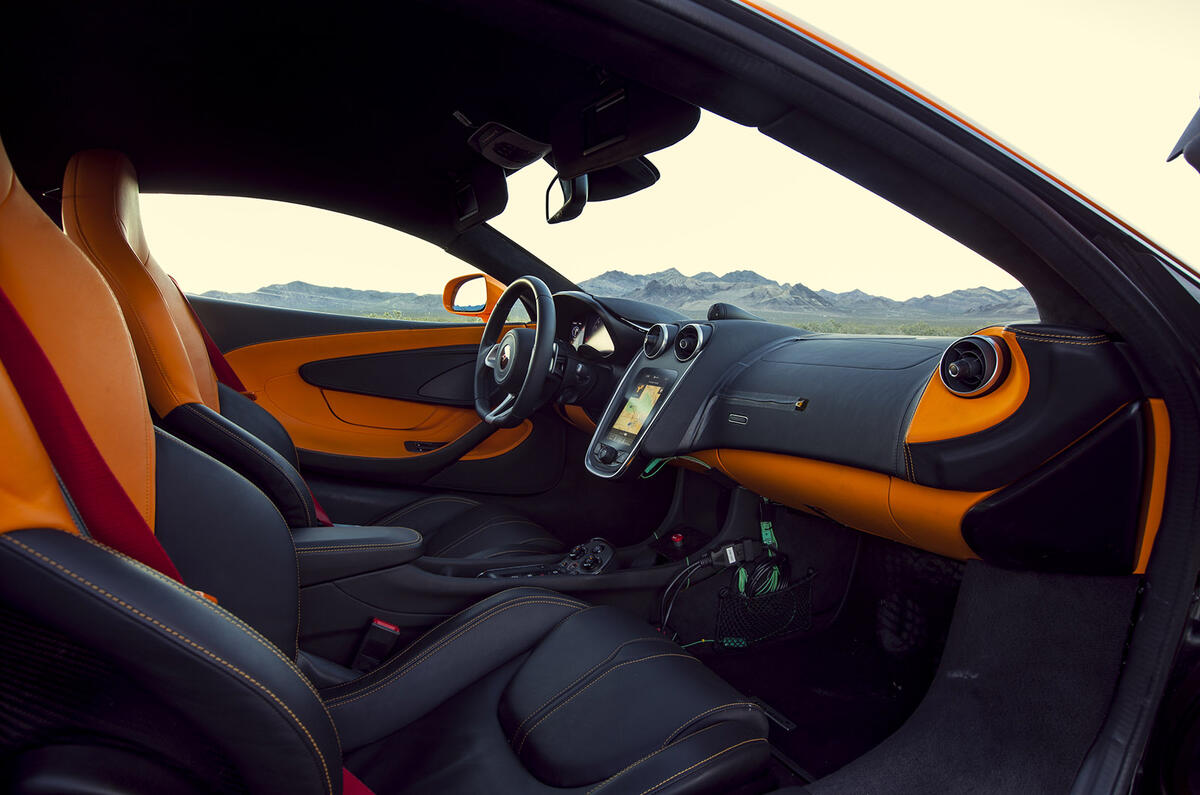
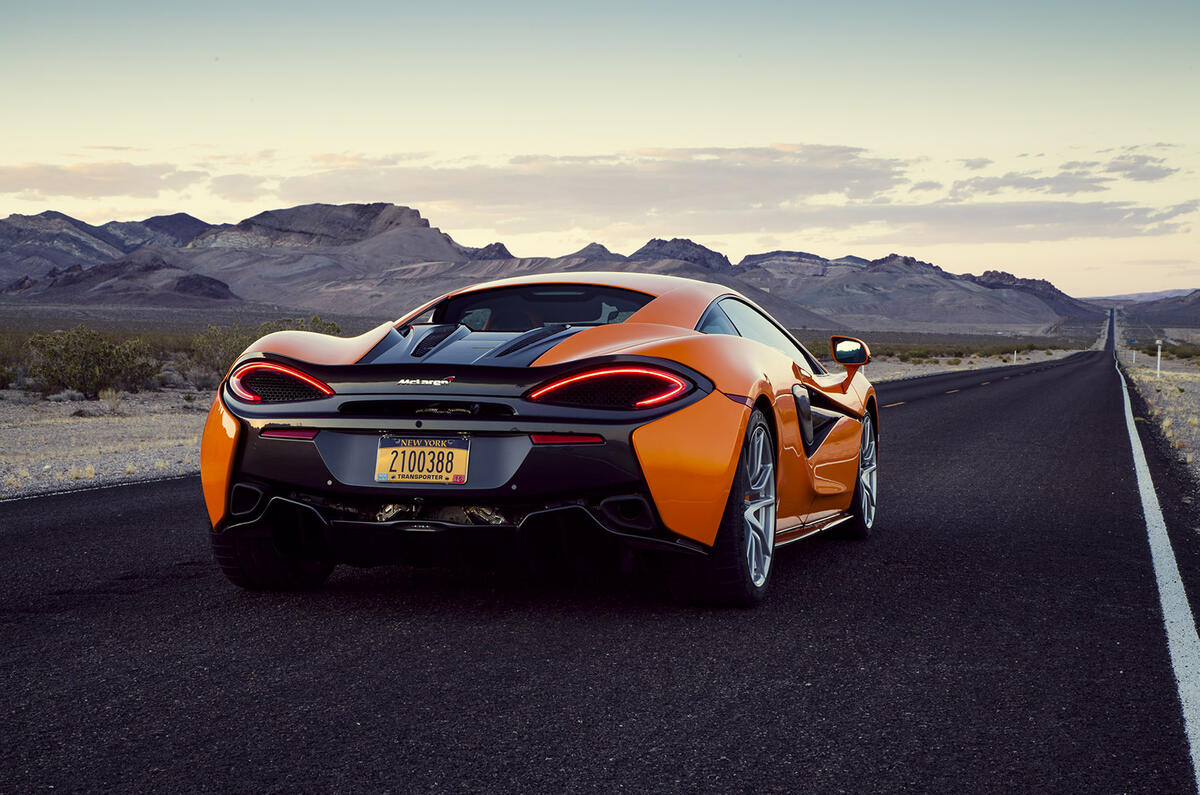

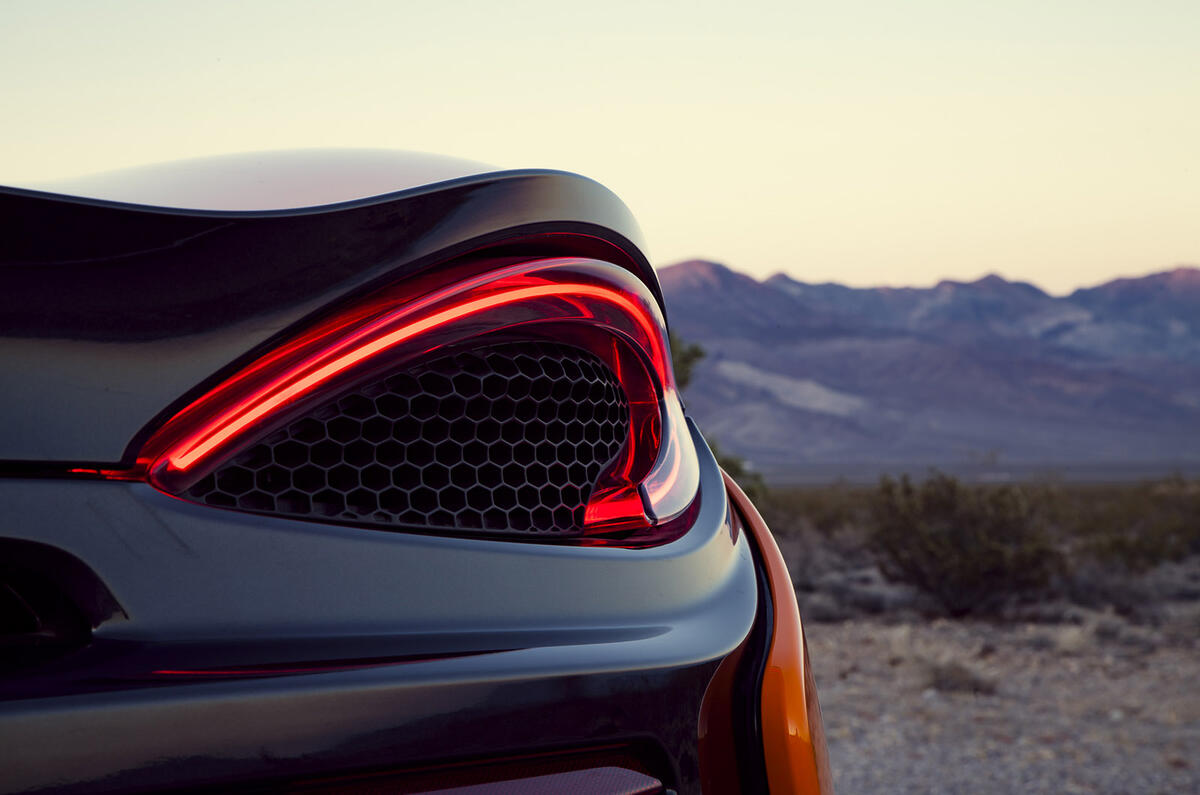



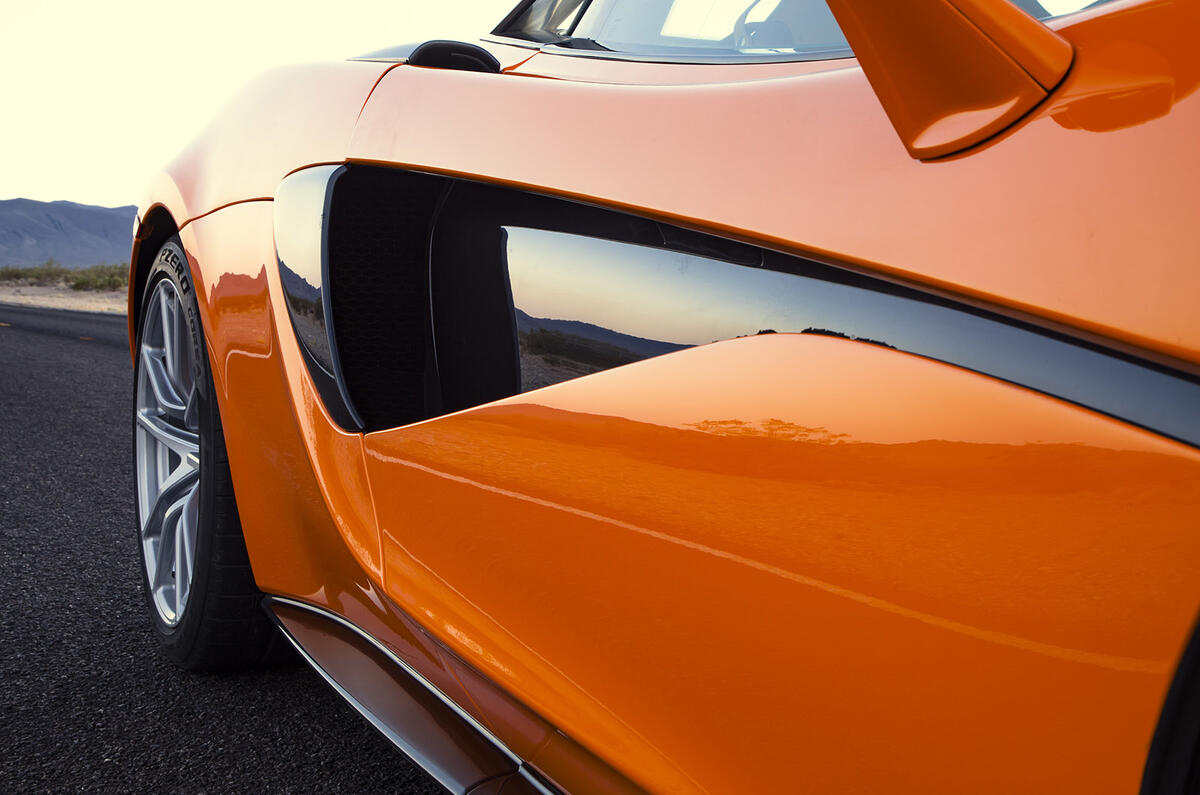
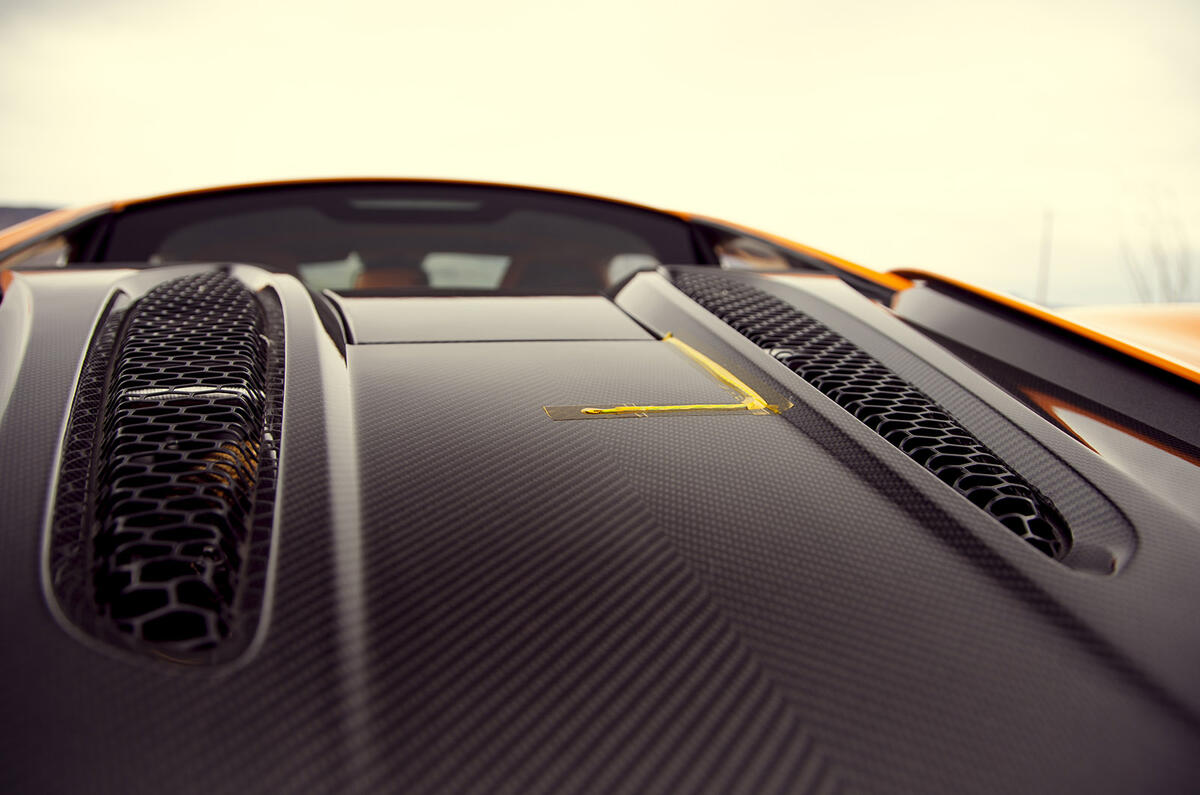
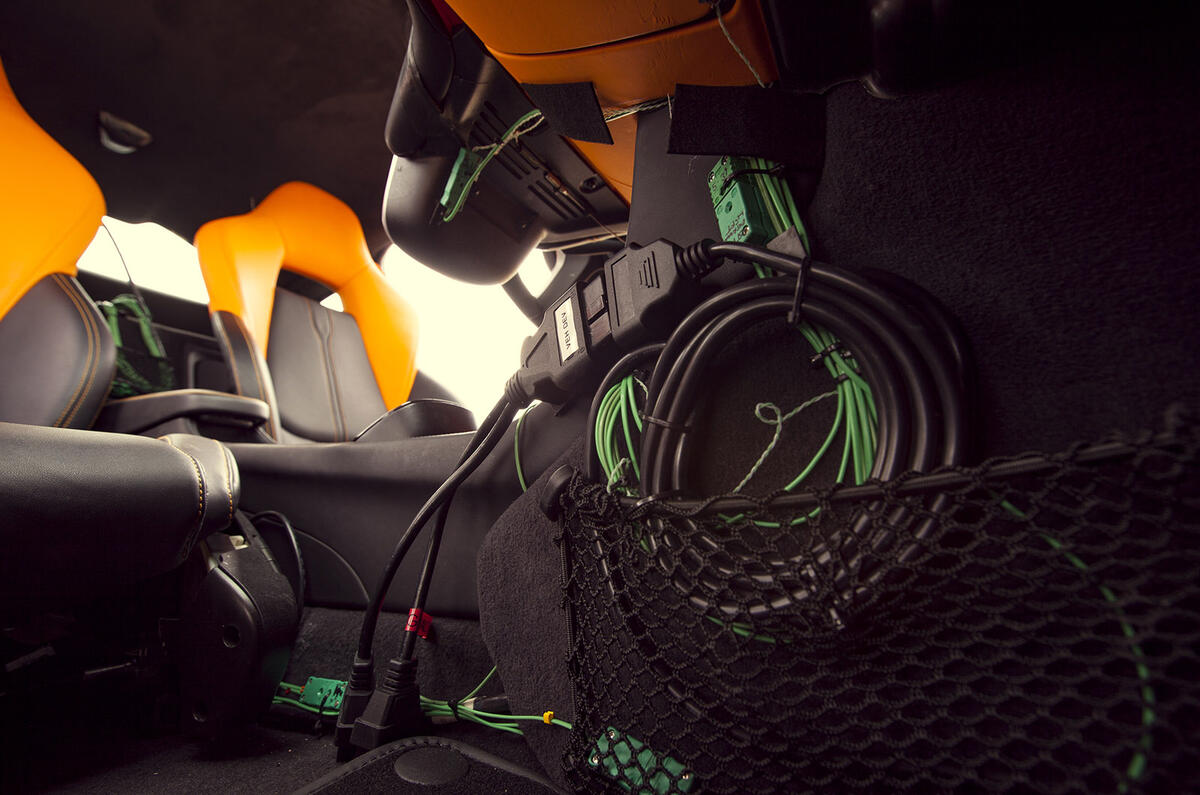

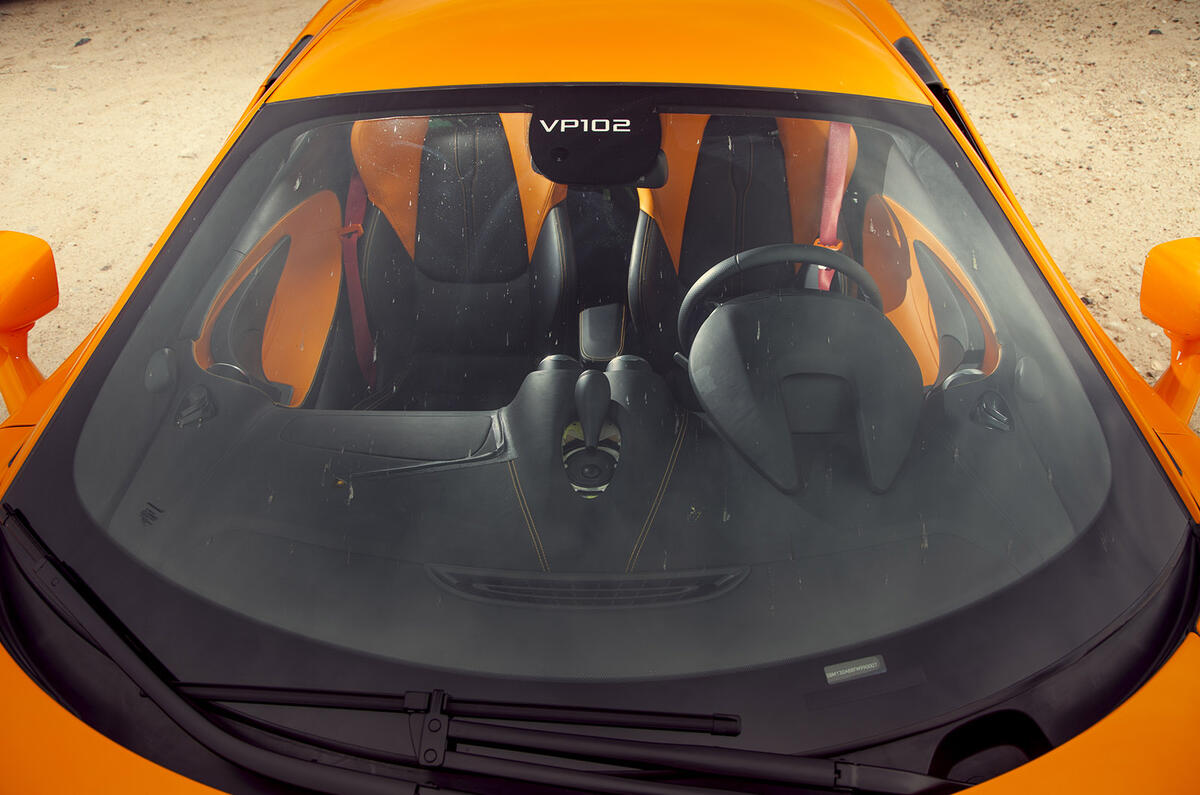


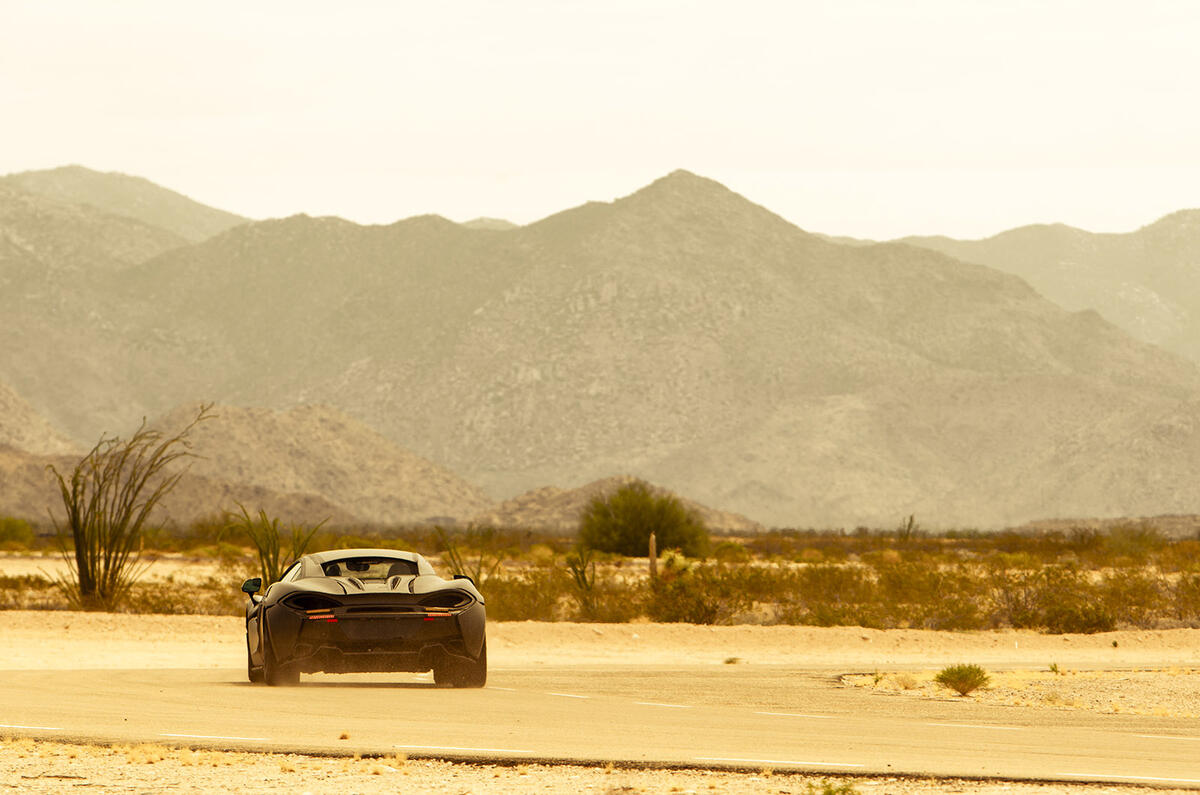
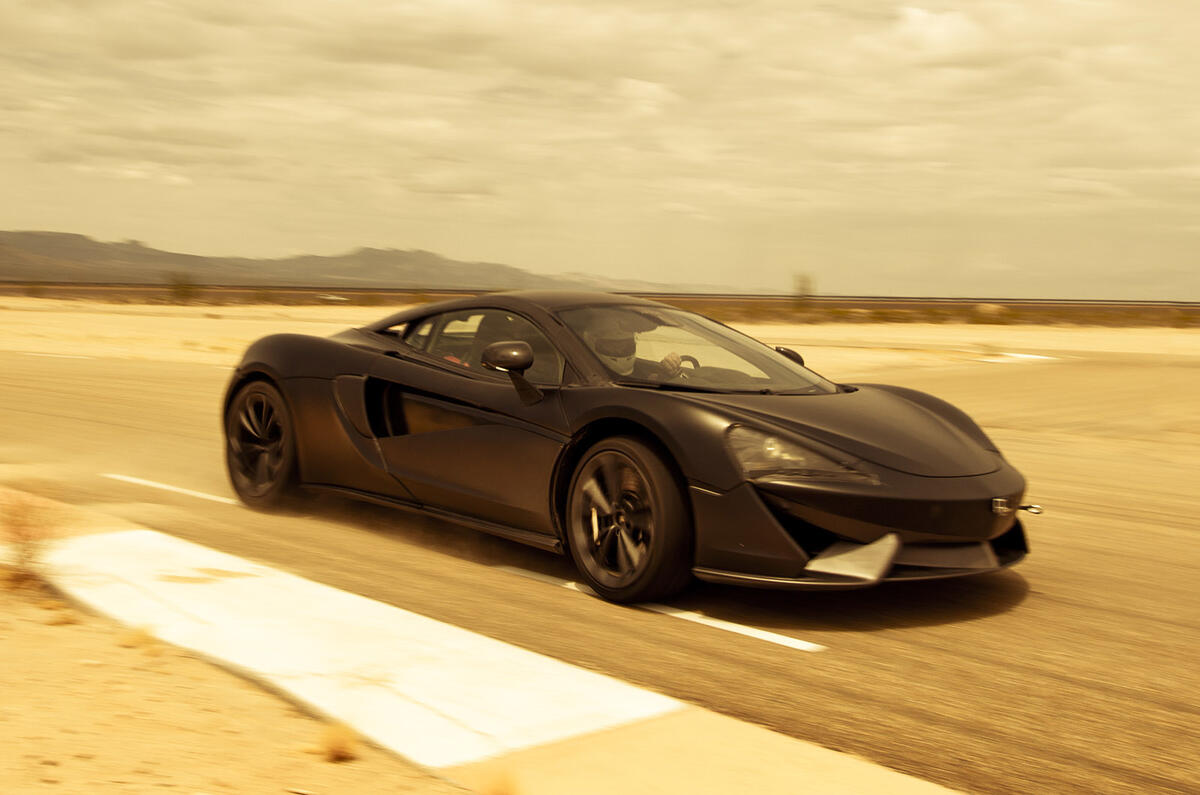
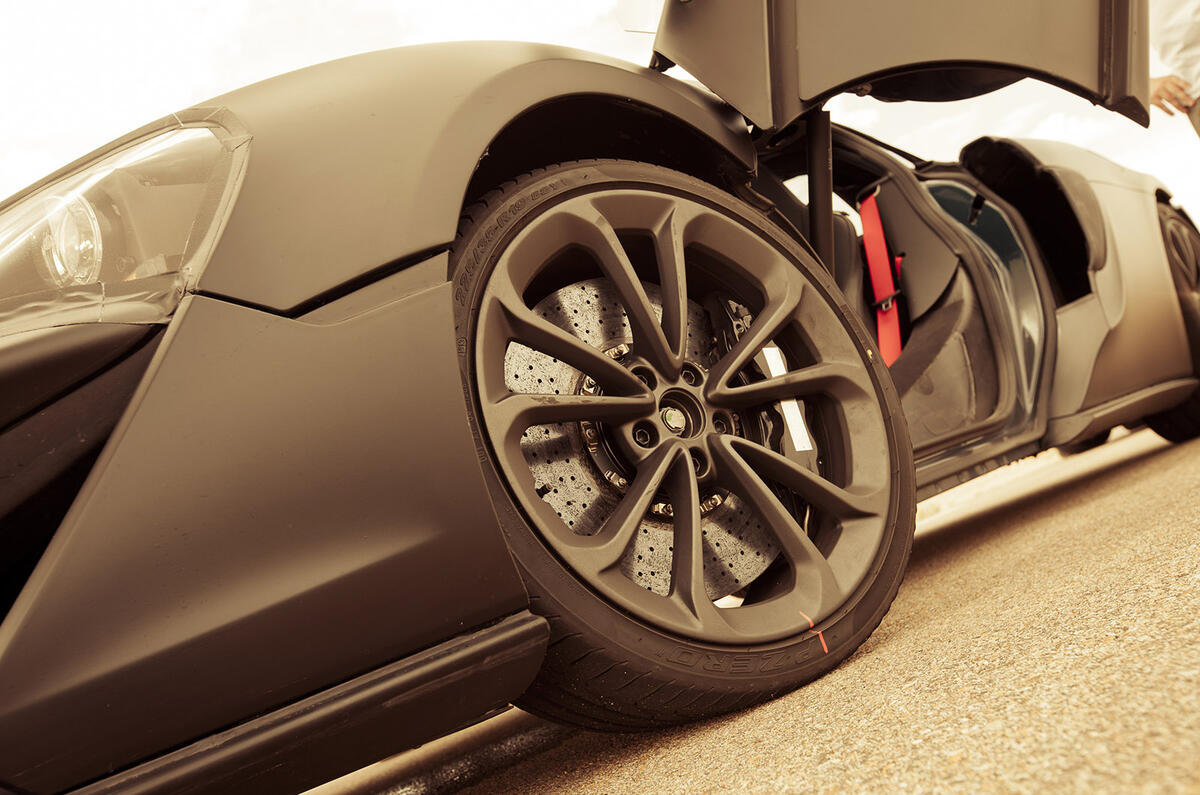

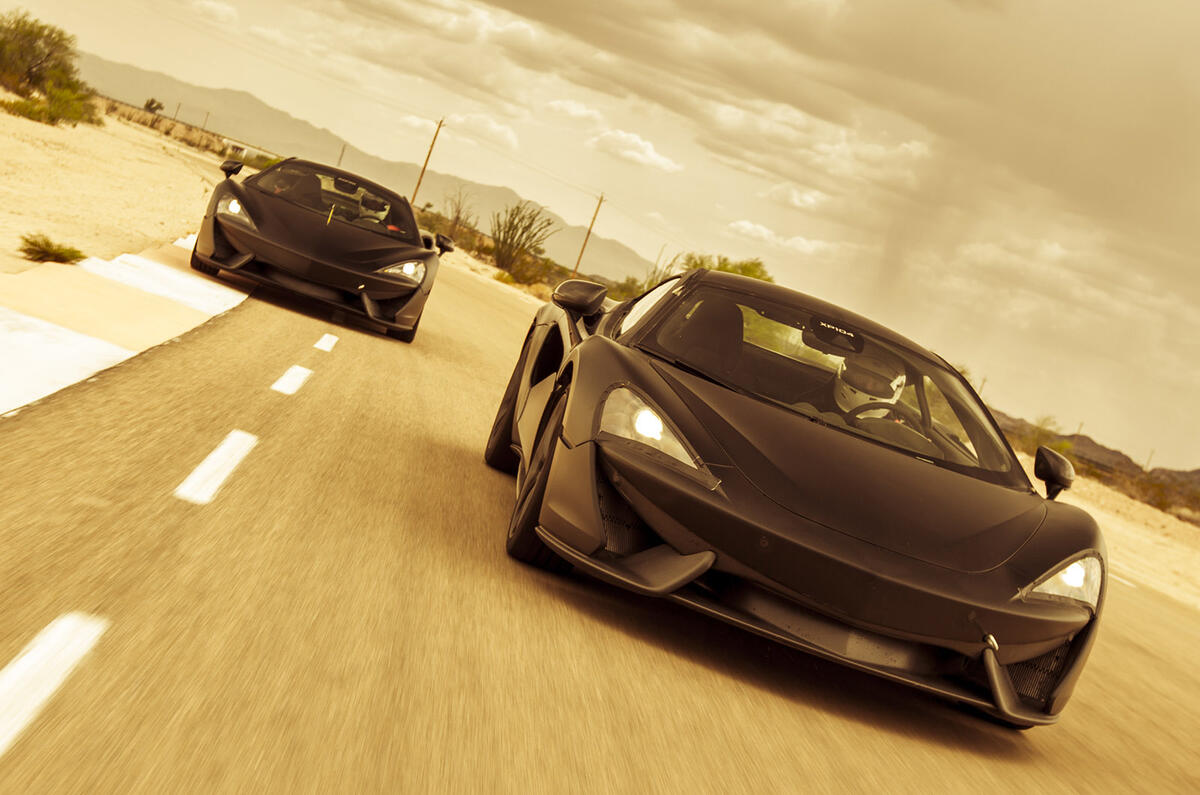

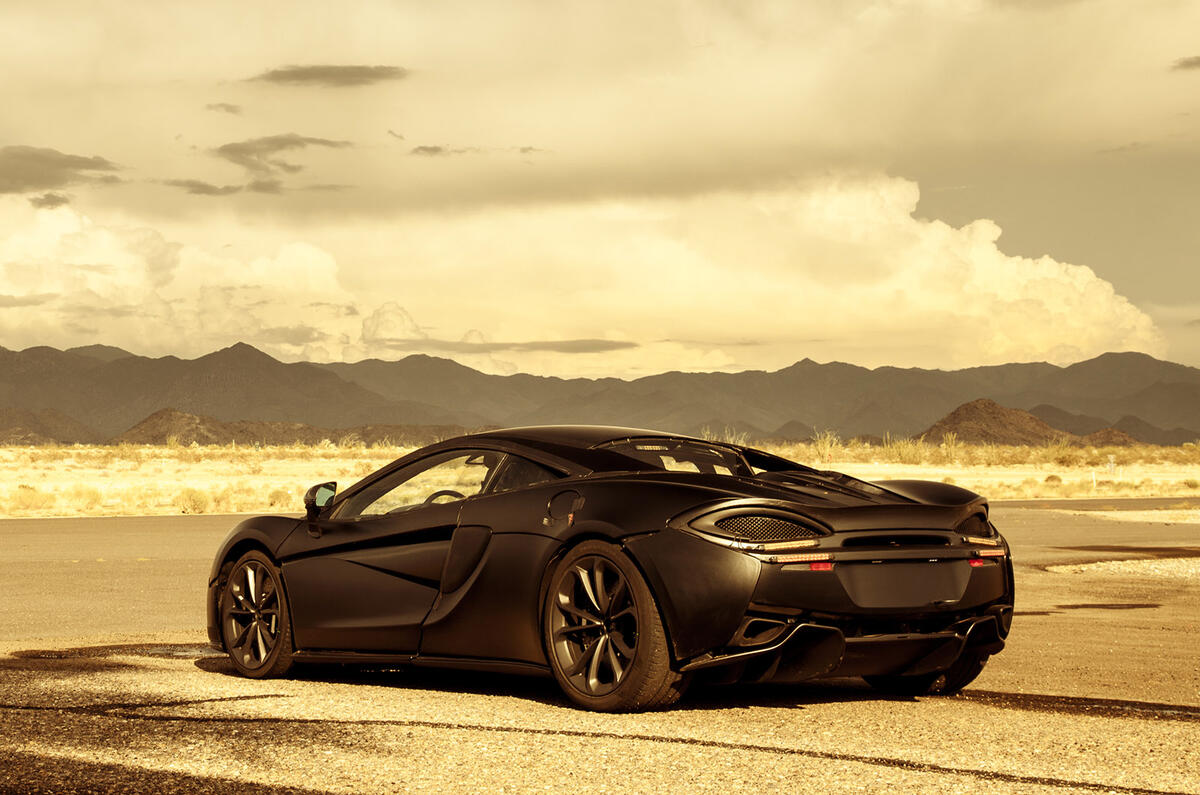
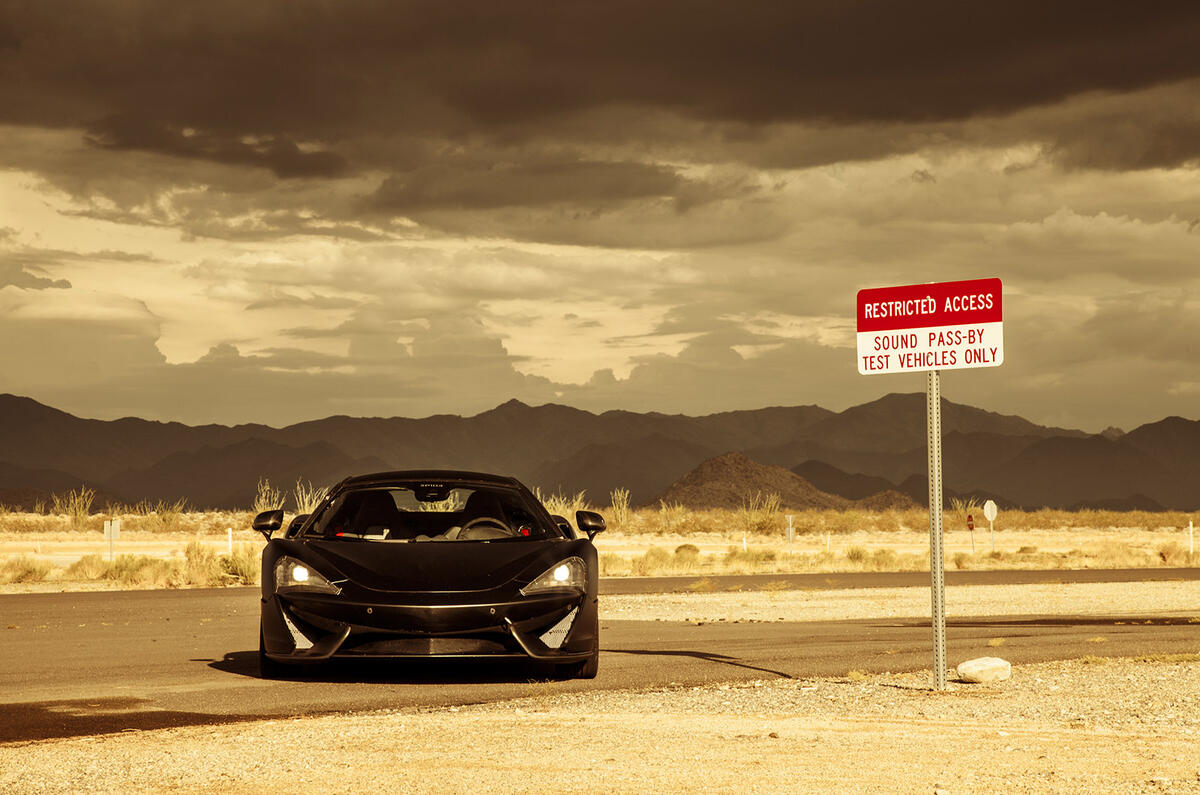
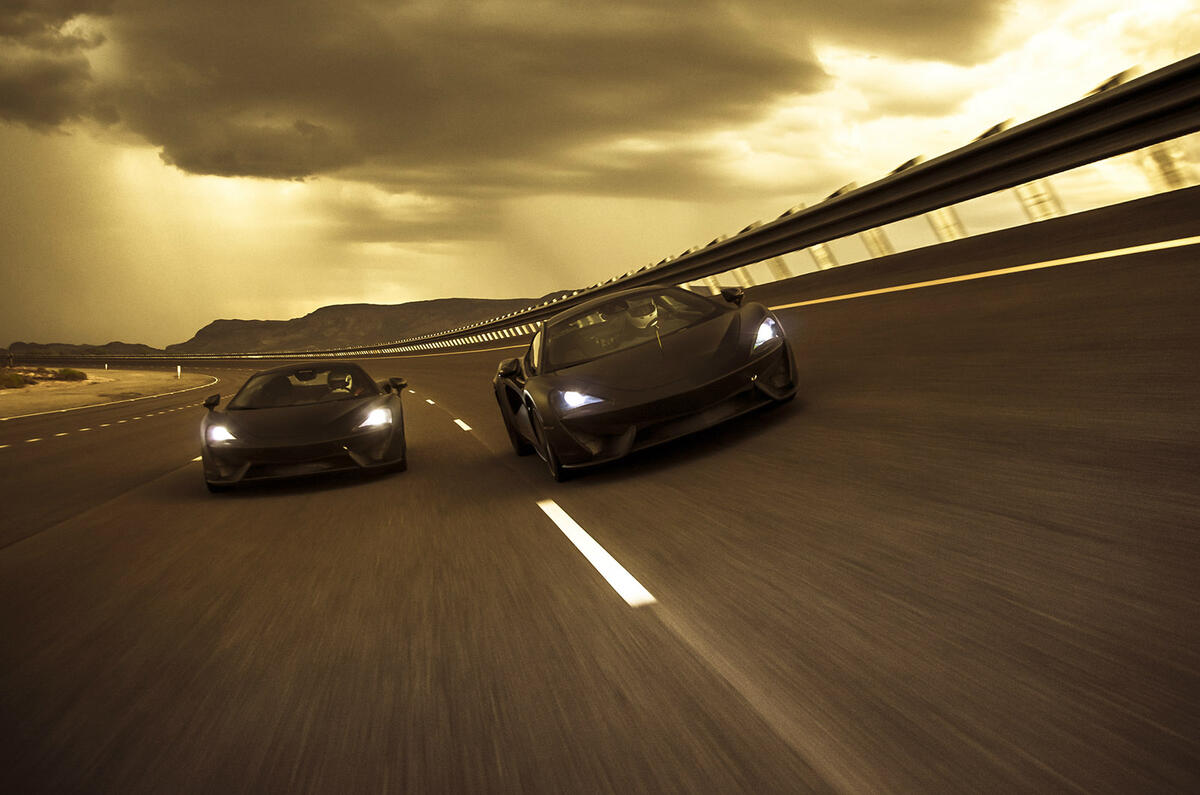







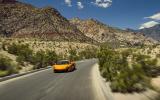





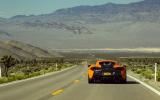


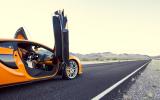



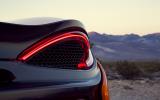

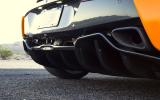
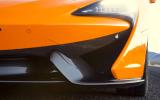


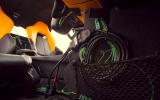
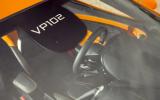
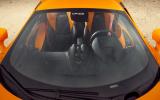

















Join the debate
Add your comment
The McLaren magic